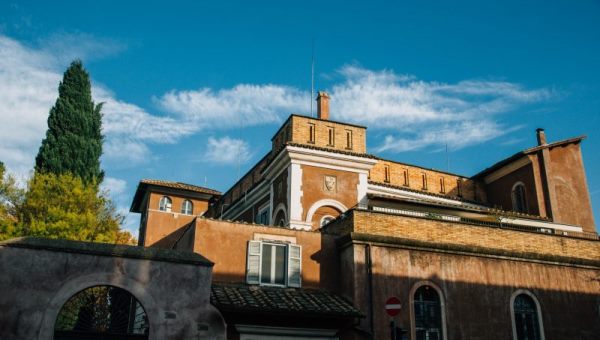Criminals Without Borders: the Illicit Antiquities Trade
On March 21, 2017 the Department of Art History hosted a lecture by Lynda Albertson, CEO of the Association for Research into Crimes against Art (ARCA).
After introducing the speaker, Art History Professor Inge Hansen drew attention to how the illicit trade of archaeological artifacts is both a long-standing problem and a topical issue. Treating artifacts as commodities implies a destruction of cultural heritage and has recently been used as international political leverage.
Lynda Albertson stressed the complex structure and set of motivations behind the looting of art, and placed art crimes within a commercial context. Through a series of examples, she illustrated how stolen artifacts enter a complex network in which looters on subsistence living, middle-men buyers, distributors, auction-houses, and collectors each vary in their motivations and opportunities for engaging in the illicit art trade.
According to Albertson, “art will always attract criminals, not because they love it, but because there is a market for it.”
Looted art and artifacts often appear on the market a long time after they have been reported missing, and in different places. This is the result of differences between countries in terms of laws and restrictions on import/export, and in the paperwork and documentation necessary to accompany a work of art. Thanks to these legislative vacuums, looters are able to move the stolen items around the world.
Punitive legislative measures often have little impact in contrasting looting. Instead, we must change the way the market thinks, and understanding how the market is fed becomes of capital importance to accomplish this goal.
ARCA is a non-governmental organization that works to promote research in the field of art crime and cultural heritage protection. It seeks to identify emerging and under-examined trends related to the study of art crime and to promote the responsible stewardship of artistic and archaeological heritage. For more information see www.artcrimeresearch.org.






